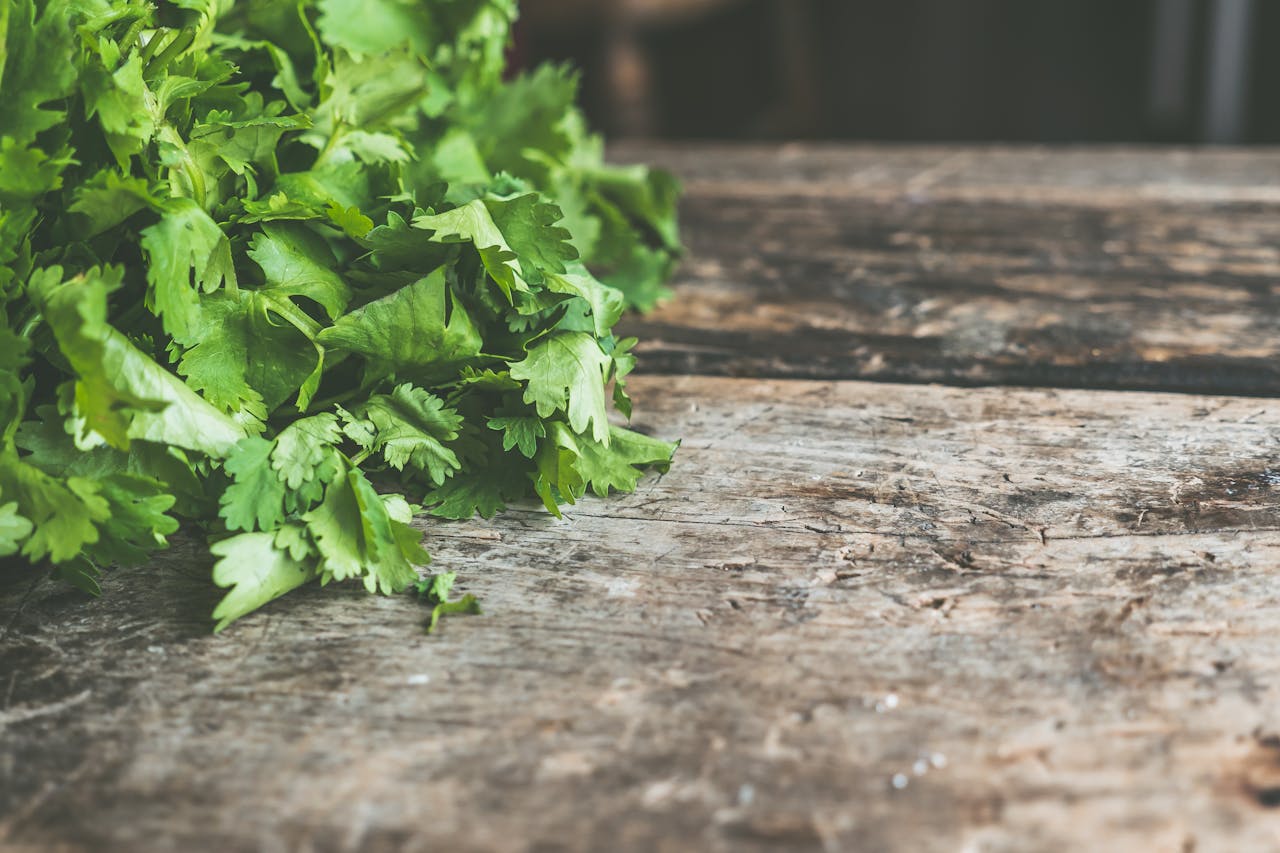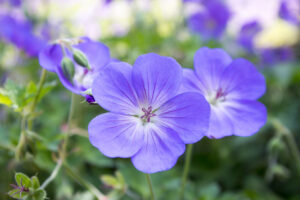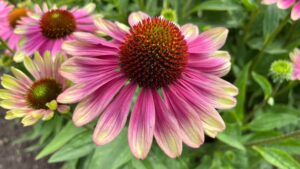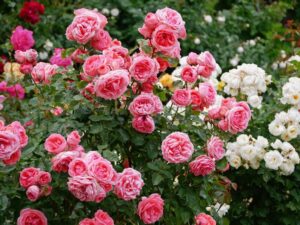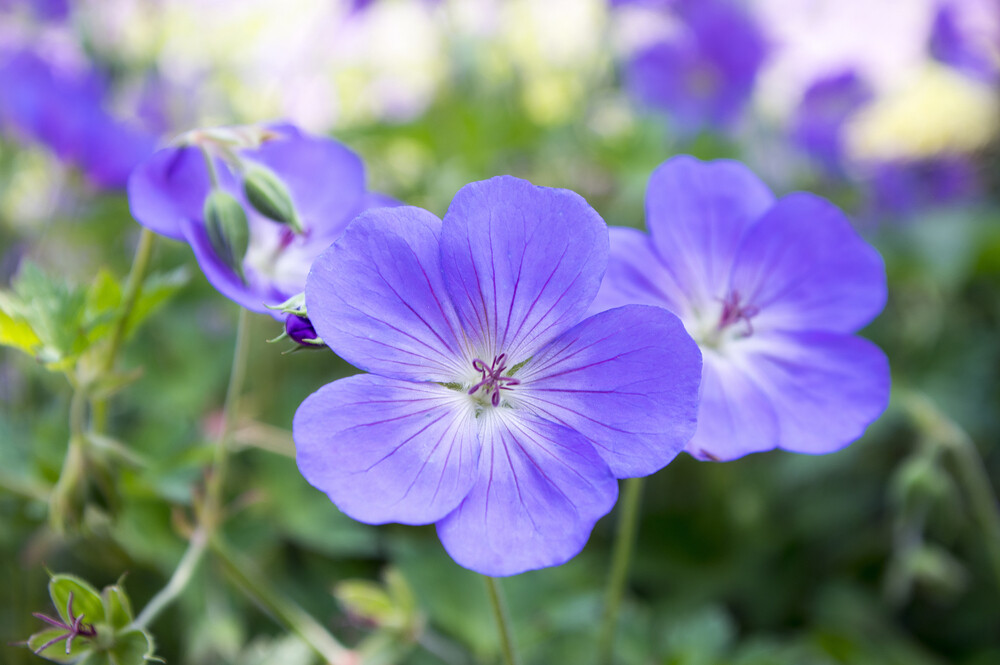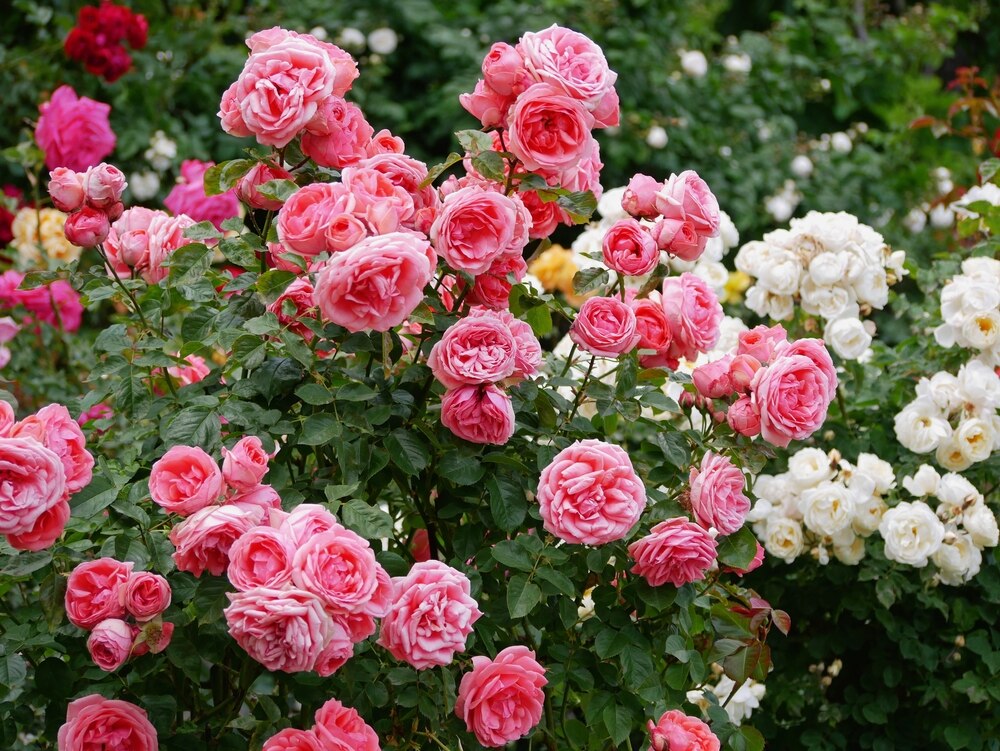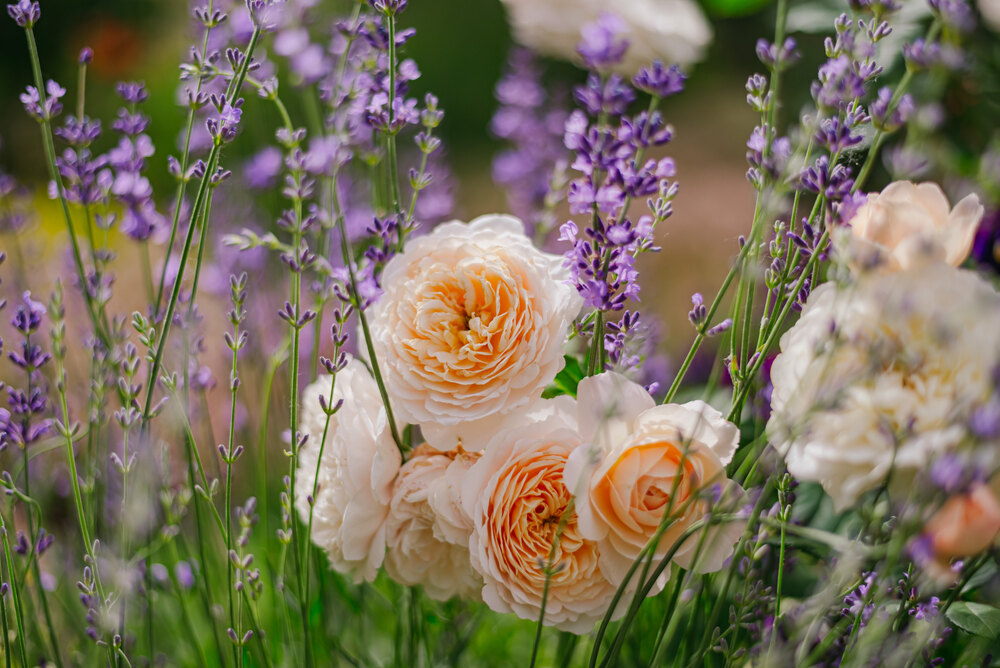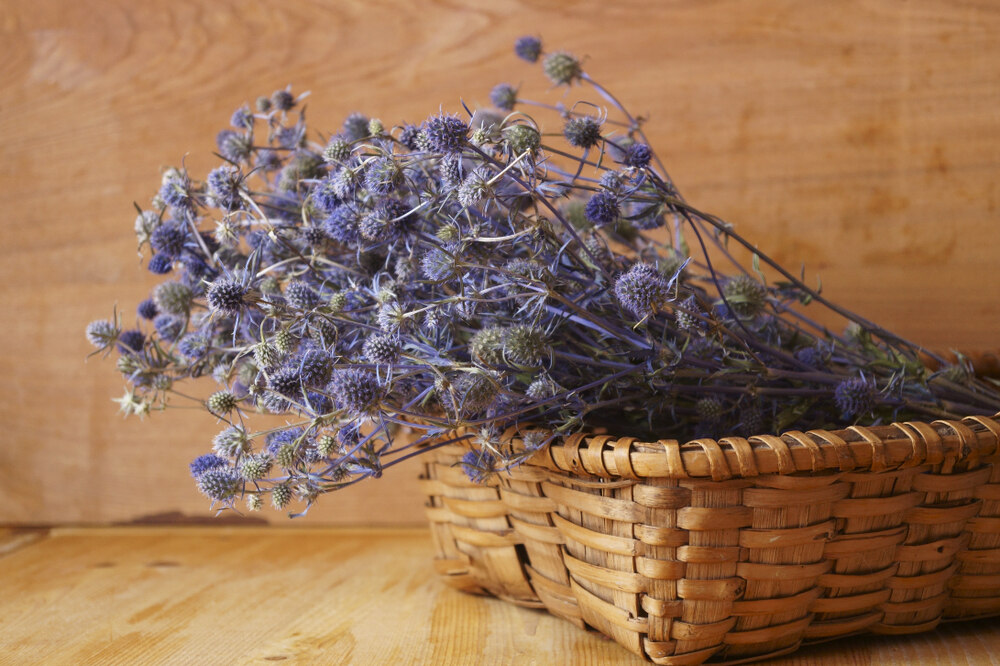Imagine stepping outside your door on a sunny morning, brushing past a lush display of fragrant herbs, and being enveloped by the calming scent of lavender, rosemary, and thyme. Sounds dreamy, doesn’t it? Now, imagine all of that aromatic bliss squeezed into a small space—maybe your patio, a tiny backyard, or even just a balcony.
The good news is, creating a scented herb garden is totally doable, even if your garden is more “postage stamp” than “rolling estate.” Whether you’re a seasoned UK gardener or someone who can’t tell the difference between basil and mint, this guide is here to show you how to turn even the smallest patch of land (or containers!) into an aromatic oasis.
So, let’s dig in, and I promise—by the end of this, not only will you know how to grow your own herb garden, but you’ll also be able to impress your neighbours with your fragrant creation. Ready? Let’s get started.
Why a Scented Herb Garden?
First things first—why bother with a scented herb garden? Beyond the obvious benefit of fresh herbs for cooking, a scented herb garden adds an extra layer of enjoyment to your outdoor space. It’s a garden for the senses: you can see it, taste it, touch it, and—best of all—smell it.
Herbs like lavender, rosemary, and mint bring incredible fragrances that can transform your space. Whether you want a relaxing haven to unwind after a long day or a refreshing burst of aromatics every time you step outside, herbs can deliver. Plus, they’re practical! These plants can flavour your food, make your own herbal teas, or even be dried for potpourri.
And here’s the kicker: you don’t need a large plot of land to enjoy all these benefits. Even if you’re working with a tiny patio or a windowsill, there’s an herb garden waiting to be grown.
Step 1: Planning Your Scented Herb Garden
1. Know Your Space
Before we jump into which herbs to plant, it’s important to know exactly what space you’re working with. Even if your garden is the size of a shoebox, there’s potential—trust me!
- Do you have space for containers? Herbs thrive in pots, which makes them perfect for small gardens. If you have a patio, balcony, or even a few steps outside your door, you’re in luck.
- Vertical garden? Don’t have much floor space? No problem! Consider going vertical with wall-mounted planters or hanging pots.
- Sunny or shady? Most herbs love the sun, so it’s essential to assess how much sunlight your space gets. Six hours of sunlight a day is ideal for the majority of herbs, so find that sunny spot.
Tip: If you’re short on sun, don’t despair—some herbs, like mint and chives, can tolerate partial shade and still flourish.
2. Decide What You Want to Grow
Once you’ve scoped out your space, it’s time to think about what herbs to grow. Since we’re focusing on scent, I’m going to recommend herbs that are both fragrant and useful.
Here are some of the best-scented herbs that are well-suited to small UK gardens:
- Lavender: This is the queen of scented herbs. Lavender loves sun and well-drained soil. Its calming fragrance is perfect for a relaxing atmosphere.
- Rosemary: Rosemary is another sun-loving herb that’s both fragrant and hardy. Its earthy, pine-like scent will fill your garden, and it’s great for cooking, too.
- Mint: While mint can be invasive in a large garden, it’s ideal for pots. Its fresh scent is invigorating, and it’s perfect for adding to drinks or desserts.
- Thyme: With a subtle, earthy fragrance, thyme is an excellent choice for smaller spaces. It’s low-growing, versatile, and smells incredible when you brush past it.
- Lemon Balm: This herb has a delightful lemony scent that’s both refreshing and calming. It’s easy to grow and does well in containers.
- Chamomile: This herb is perfect if you want a garden that smells like a peaceful tea blend. Its daisy-like flowers add visual charm alongside its mild, sweet fragrance.
- Sage: Sage isn’t just for stuffing your Christmas turkey—it’s also a beautiful, fragrant addition to your garden. Its strong, woody aroma adds depth to your herb collection.
Once you’ve got your herb wish list ready, you can start imagining how they’ll work together in your space.
Step 2: Preparing Your Herb Garden
Now that you’ve picked your herbs, it’s time to get them ready for planting. This stage is all about making sure you’ve got the right tools and the perfect environment for your aromatic friends to thrive.
1. Choosing Containers
If you’re working with limited space, containers are going to be your best friend. They’re versatile, portable, and perfect for small gardens.
- Terracotta Pots: These are classic, and they have the added benefit of being breathable, which helps prevent waterlogging. Just be aware they can dry out quickly in hot weather, so be ready to water them regularly.
- Plastic or Ceramic Pots: These retain moisture better than terracotta, which can be a good option if you’re prone to forgetting to water your plants. Plus, they come in all sorts of shapes and sizes.
- Hanging Baskets: These are perfect for herbs like thyme and rosemary that don’t mind a bit of drought and add visual interest by utilizing vertical space.
Tip: Make sure every pot you use has good drainage. Herbs hate soggy roots as much as we hate soggy biscuits!
2. Preparing the Soil
Herbs aren’t too fussy when it comes to soil, but they do have preferences.
- Soil for Containers: Use a good-quality, multi-purpose compost for your pots. You can also mix in a bit of horticultural grit or sand to improve drainage, which is especially important for herbs like lavender and rosemary.
- Soil for Garden Beds: If you’re lucky enough to have a small garden bed, you’ll want to prepare the soil by loosening it and mixing in organic matter like compost to improve texture and drainage.
Step 3: Planting Your Scented Herb Garden
Now comes the fun part—getting your hands dirty! Here’s how to plant your herbs for maximum scent and growth potential.
1. Planting in Containers
For most herbs, you’ll want to plant them in containers that are at least 12 inches in diameter. Here’s how to do it:
- Step 1: Fill your container with compost, leaving a few inches at the top.
- Step 2: Make a small hole for your herb plant. If the plant is root-bound (roots growing tightly in circles around the pot), gently tease the roots apart before planting.
- Step 3: Place the herb into the hole and fill in around it with compost. Press down gently to secure the plant in place.
- Step 4: Water thoroughly to help the plant settle in.
2. Companion Planting
When planting multiple herbs in the same container or bed, keep in mind their growth habits and needs. Some herbs, like mint, are aggressive growers and can crowd out their neighbours. To keep the peace:
- Lavender and Rosemary: These two sun-loving herbs are perfect companions. Plant them together in a pot or bed with gritty soil to ensure good drainage.
- Mint: Keep mint in its own container unless you want it to take over the whole garden!
- Thyme and Sage: These herbs prefer similar conditions and can be planted together in well-draining soil.
Step 4: Caring for Your Scented Herb Garden
The key to a successful herb garden is regular care. Thankfully, most herbs are fairly low-maintenance once established. Here’s how to keep your scented herb garden thriving.
1. Watering
Herbs like lavender and rosemary are quite drought-tolerant, so it’s better to let the soil dry out a little between waterings. Mint, on the other hand, likes things a bit wetter. As a rule of thumb:
- Water deeply: When you water your herbs, water them deeply to encourage strong root growth. Shallow, frequent watering can lead to weak roots.
- Check the soil: Always check the soil before watering. If it’s still moist a few inches down, hold off on watering for another day or two.
2. Pruning and Harvesting
Pruning your herbs isn’t just about keeping them tidy—it also encourages new growth and boosts the fragrance.
- Pruning Lavender: Snip off the flower stems as they fade to encourage more blooms. In late summer, cut back the plant by about one-third to keep it compact and healthy.
- Harvesting Rosemary: Trim rosemary regularly, but never cut back more than one-third of the plant at a time. This keeps it healthy and prevents it from getting woody.
- Mint: Harvest mint regularly to prevent it from becoming leggy. Pinch back the tips to encourage bushy growth.
Tip: Harvest herbs in the morning, after the dew has dried but before the sun has reached its peak. This is when the essential oils (and thus the fragrance) are at their most potent.
3. Feeding
Herbs don’t need a lot of feeding, but a little boost now and then can help them thrive.
- Containers: Feed herbs in containers every 4-6 weeks during the growing season with a diluted liquid fertiliser.
- Garden Beds: Herbs in the ground generally don’t need extra feeding, especially if you’ve enriched the soil with compost.
Step 5: Enjoying Your Scented Herb Garden
Once your herbs are planted, growing, and filling the air with their delightful scents, it’s time to sit back and enjoy the fruits (or, should I say, herbs) of your labour.
Here are a few ways to make the most of your scented herb garden:
1. Create a Fragrant Pathway
If you’re growing herbs in pots or along a garden path, position them so that you can brush past them as you walk by. Herbs like rosemary, thyme, and lavender release their scent when touched, so place them in high-traffic areas for maximum aromatic impact.
2. Herb-Infused Drinks
Who needs a cocktail bar when you’ve got a garden full of fresh mint, lemon balm, and chamomile? Use your herbs to flavour everything from iced teas to cocktails. A sprig of mint in your lemonade or a few chamomile flowers in your tea can turn a simple drink into a garden-inspired delight.
3. Herb-Filled Bouquets
Why not bring the fragrance indoors? Create beautiful, fragrant bouquets using herbs like lavender, sage, and rosemary. Not only do they look lovely, but they’ll also fill your home with their calming scents.
Troubleshooting Common Herb Garden Problems
Even the best-laid herb gardens can encounter a few hiccups. Here are some common problems and how to fix them.
1. Yellowing Leaves
- Cause: Overwatering is usually the culprit when herbs start to turn yellow.
- Solution: Let the soil dry out between waterings, and ensure your containers have adequate drainage.
2. Leggy Growth
- Cause: Herbs can become leggy if they’re not getting enough sunlight or if they haven’t been pruned.
- Solution: Move them to a sunnier spot and trim back the plants to encourage bushier growth.
3. Pests
- Cause: Aphids, slugs, and caterpillars love munching on herbs just as much as we do.
- Solution: Use natural pest control methods, like introducing ladybirds to eat aphids or placing copper tape around pots to deter slugs.
Conclusion: Your Scented Herb Garden Awaits
Creating a scented herb garden in a small space is not only possible but incredibly rewarding. Whether you have a tiny patio, a modest balcony, or just a windowsill, you can grow a vibrant, aromatic collection of herbs that will delight your senses and enhance your culinary creations.
With the right planning, a little bit of care, and the joy of harvesting your own herbs, you’ll be well on your way to turning your small space into a fragrant paradise. So, grab your trowel, get planting, and let your garden fill the air with the sweet smells of lavender, mint, rosemary, and more.
Happy gardening!
Let us know: Have you tried growing a scented herb garden in a small space? Share your tips, tricks, and favourite herbs in the comments below—we’d love to hear from you!
